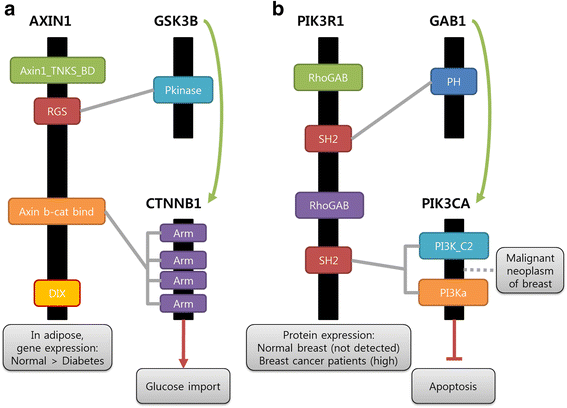

The amino termini of Sid4/Cnm67 dock the orthologous SIN/MEN scaffolds Cdc11/Nud1, whereas the carboxyl termini anchor the complexes to their respective SPBs via the Pfam motif 11778 ( Adams and Kilmartin, 1999 Elliott et al., 1999 Krapp et al., 2001 Schaerer et al., 2001 Tomlin et al., 2002 Morrell et al., 2004 Rosenberg et al., 2006 Klenchin et al., 2011). Cnm67 and Sid4 are homologous MEN and SIN components that act in an identical fashion to anchor the budding and fission yeast networks to the SPB. The SIN is a G protein–regulated network whose components and architecture are analogous to the core of metazoan hippo signaling and the budding yeast mitotic exit network (MEN Simanis, 2015). In addition to its role in driving the cell into mitosis, Polo Plo1 kinase is recruited to the SPB component Sid4 to control the timing of cytokinesis and septation by activating the septum initiation network (SIN Fig. Thus, the cut12.1 monopolar phenotype is a measure of the local role played by Cut12 in Cdk1 activation on the SPB ( Fig. The activation of this nonfunctional SPB by enhancement of Cdc25 levels shows that the inactivity of the new SPB arises from a failure to locally activate Cdk1–cyclin B on this SPB ( Tallada et al., 2007, 2009). 1 A Bridge et al., 1998 MacIver et al., 2003 Tallada et al., 2009).

When Cut12 function is compromised by shifting the temperature-sensitive cut12.1 mutant to the restrictive temperature of 36 ☌, Polo Plo1 activity falls, and the new SPB, which has been generated by conservative duplication, fails to nucleate microtubules, leading to cell cycle arrest with a monopolar spindle ( Fig. Blocking PP1 recruitment to Cut12 removes the requirement for Cdc25 ( Grallert et al., 2013b). In fission yeast, the recruitment of protein phosphatase 1 (PP1) to the spindle pole body (SPB) component Cut12 sets the level of Polo Plo1 activity both locally on the SPB and globally throughout the cell ( Mulvihill et al., 1999 MacIver et al., 2003 Grallert et al., 2013a, b). In some systems, engagement of Polo feedback control influences the rate of mitotic commitment, whereas in others, Polo activity sets its timing ( Kumagai and Dunphy, 1996 Lane and Nigg, 1996 Karaïskou et al., 1999 Karaiskou et al., 2004 Gavet and Pines, 2010 Aspinall et al., 2015). Cdk1–cyclin B activation then promotes polo kinase activity to further boost Cdc25 and inhibit Wee1 activity ( Hagan and Grallert, 2013). Such integration of signals emanating from neighboring scaffolds shows how centrosomes/SPBs can integrate inputs from multiple pathways to control cell fate.Ĭdk1–cyclin B activity is restrained through Wee1 kinase phosphorylation of Cdk1 until Cdc25 phosphatase removes this phosphate to promote mitosis. Flp1/Clp1 departure can then support mitotic commitment when Cdk1–cyclin B activation at the SPB is compromised by reduction of Cut12 function. Chk2 Cds1 then expels the Cdk1–cyclin B antagonistic phosphatase Flp1/Clp1 from the SPB. The resulting phosphorylation of Sid4 by the newly docked CK1δ recruits Chk2 Cds1 to Sid4.

Specifically, phosphorylation of Sid4 by NIMA Fin1 reduces Sid4 affinity for its SPB anchor, Ppc89, while also enhancing Sid4’s affinity for casein kinase 1δ (CK1δ). We now find that signals from Sid4 contribute to the Cut12 mitotic commitment switch. Signals emanating from each scaffold have been assumed to operate independently to promote two distinct outcomes. A second SPB-associated scaffold, Cut12, promotes SPB-associated Cdk1–cyclin B to drive mitotic commitment. The fission yeast scaffold molecule Sid4 anchors the septum initiation network to the spindle pole body (SPB, centrosome equivalent) to control mitotic exit events.


 0 kommentar(er)
0 kommentar(er)
